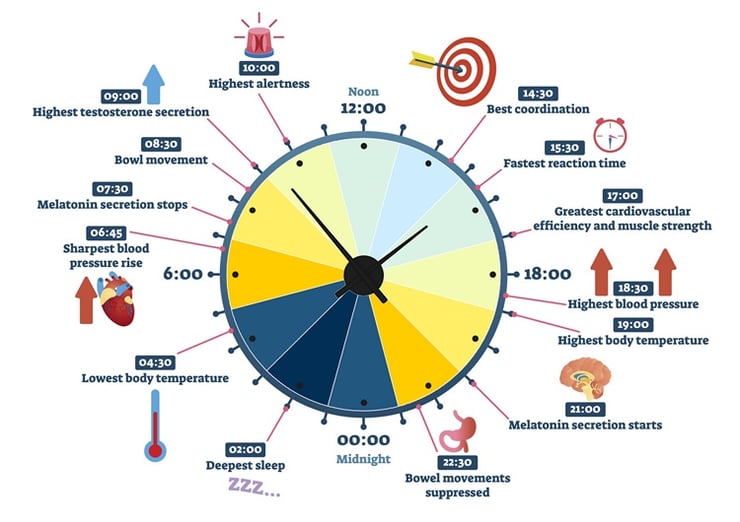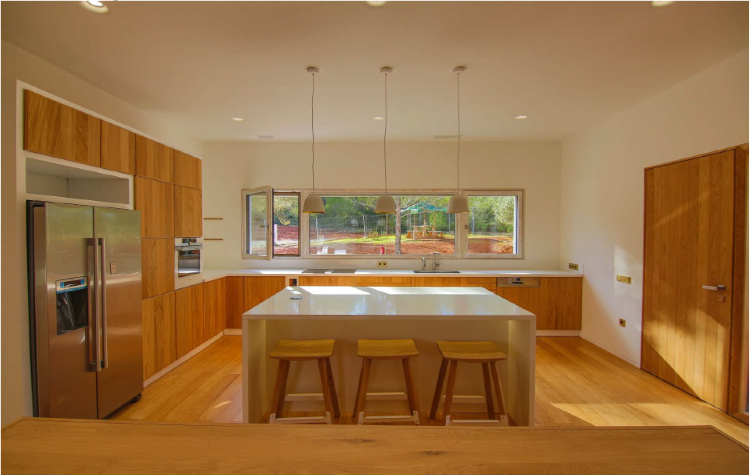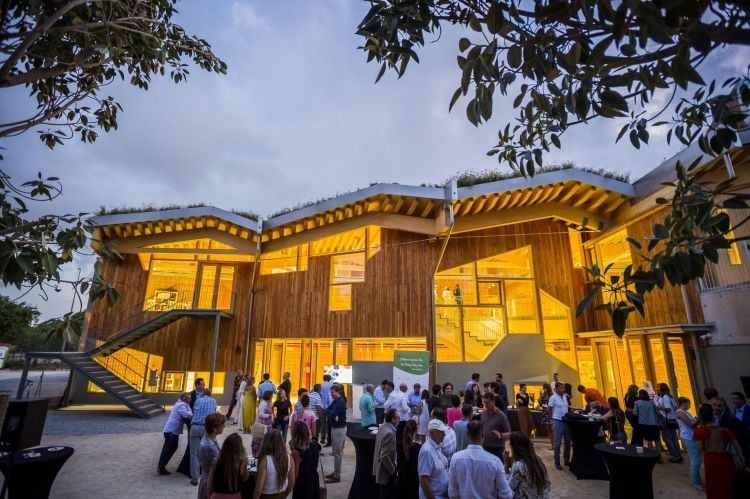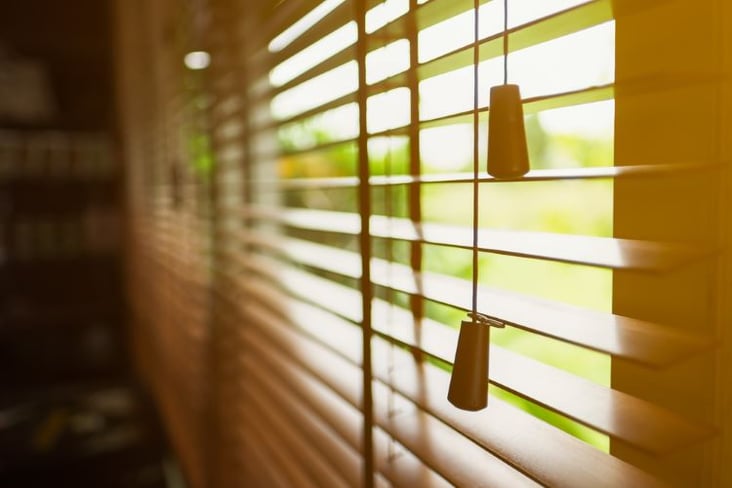Design strategies to implement the WELL lighting concept in the workplace and housing.
Why is light fundamental in a healthy building? How can we achieve a good lighting design? Learn about the different approaches, guidelines, and strategies to achieve the objectives of this WELL certification concept.
The WELL certification has as its mission to create healthy buildings where people feel connected to nature, their biorhythms and natural cycles. Following this reasoning, WELL considers lighting as one of its 10 cornerstones.
In this article, we will focus on the elements influenced by lighting design: circadian rhythms, natural and artificial light, its control and glare, and its pedagogy.
The importance of circadian rhythms
Most of the spaces we inhabit have lighting conditions designed to meet people's visual needs, but they usually do not apply parameters such as well-being, mental health or circadian rhythms.
According to the National Institute of General Medical Sciences (NIGMS), "circadian rhythms are the physical, mental and behavioural changes that follow a daily cycle, responding primarily to light and dark in the environment".
The main signal influencing circadian rhythms is daylight, which can switch on and off genes that control the molecular structure of biological clocks.
Here is a small outline of how they work and how they affect us:

Their influences are many: hormonal secretion, eating habits and digestion, body temperature, among others. If our circadian rhythm is irregular, it can lead to a sleep disorder, obesity, depression, as well as other seasonal affective disorders.
Other scientific studies support circadian rhythms as one of the main factors influencing people's well-being, with all visible light (not just sunlight) affecting different physiological processes.
Based on this premise, the WELL lighting concept promotes light exposure with the aim of creating optimal lighting environments for visual, mental and biological health.
Now that we know the importance of circadian rhythms in WELL certification, how do we apply them to our building design?
The play of natural lighting in design
We perceive natural sunlight in different ways, depending on the surface where it is exposed: direct sunlight, diffuse, reflected from the ground, on obstacles...
Their perception is also conditioned by the region of electromagnetic waves that our eye is capable of perceiving, or in other words, our visible spectrum. Depending on the wavelengths that our eye can perceive, we receive light in different ways.
For example, if we compare light tones, sunlight is much brighter in the blue spectrum than artificial light, being the most effective in synchronizing our circadian rhythm.

Natural lighting studies, or lighting simulations, are the best tool for studying most of the concepts involved in WELL. They provide information on the amount of natural lighting received by the occupants of the building, its quality, the areas susceptible to glare and the required illuminance.
The quality of artificial lighting
Not everything is based on natural light. The amount of light we receive while working in the office, or reading at home, the colour temperature, colour rendering index or blue spectrum of the light we are receiving also impacts our biological rhythm, productivity and mood.

The previous image corresponds to the Imagine Montessori School, where we conducted a circadian lighting simulation that allowed us to achieve artificial lighting in harmony with the natural lighting of the project.

In line with circadian rhythms, the study was based on the required colour temperature of artificial lighting throughout the day to accompany the circadian rhythms of the students occupying the building at sunrise and sunset.
Thus, it is equally important to carry out a good design of artificial lighting and combine it with the studies conducted on natural lighting to achieve a balance that respects natural cycles.
The minimum illuminance levels established by the UNE-EN 12464-1 standard set the limits for this balance. Illuminance is a measure used to quantify the amount of light falling on a surface, and its levels vary according to the type of use of different areas.
For indoor workplaces, the standard specifies the following parameters:
| Type of interior, task, and activity | lux (lm/m²) |
| File, copies, etc. | 300 |
| Writing, reading, data processing | 500 |
| Meeting rooms | 500 |
| Reception desk | 300 |
User lighting control and glare
Once the balance between natural and artificial light is identified, it is advisable to be able to control the light according to the time of day and the space in which we use it.
By controlling and adapting lighting, we achieve great improvements in creating environments that reduce the disruption of our circadian phase, improve sleep quality and positively impact our mood and productivity.

There are various solar control methods that help us avoid factors such as glare. We can apply them during the design phase of the building and have them act as passive agents, such as overhangs or setbacks in windows; or once the building is finished, such as Venetian blinds, curtains, solar protection films, awnings...
These latter allow us to control and program the light in an active way, as it suits us best.
Conducting a lighting simulation during the design phase will help us plan our lighting strategy from the beginning of the project, as well as predetermine the associated lighting cost over the lifespan of our building.
Availability of didactic material on the lighting of the building
The possibility of knowing how our biorhythms work will help us to learn from them, as well as to appreciate the impact and influence of light.
It is then important to provide the building's inhabitants with educational resources (physical or digital, but always from verified sources) where they can learn about circadian rhythm, sleep hygiene, age-related increases in light requirements or the importance of daylight exposure on circadian and mental health.

-1.jpeg)
